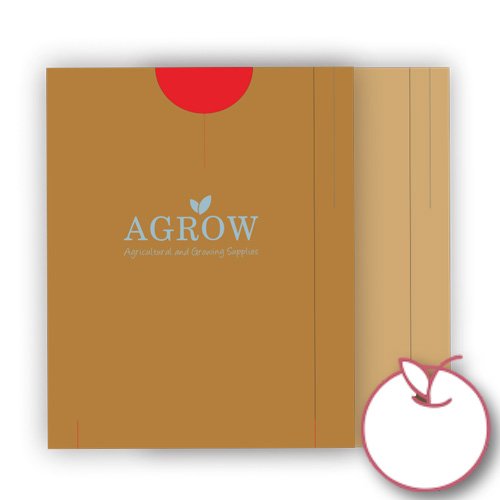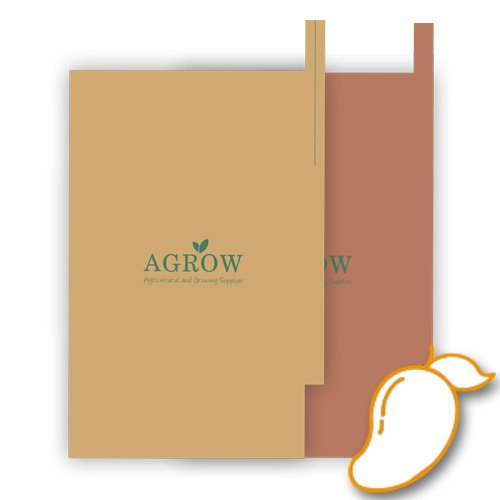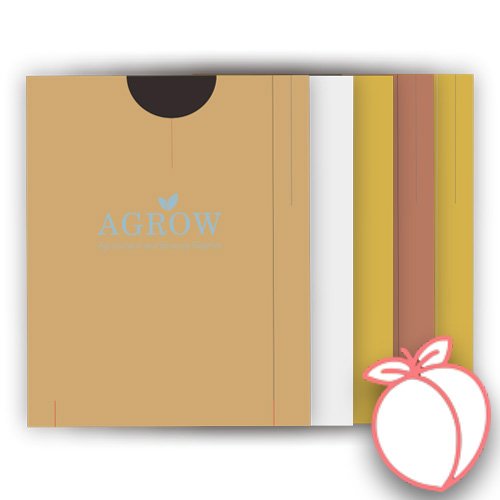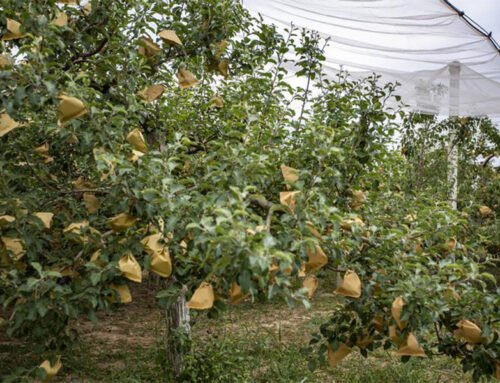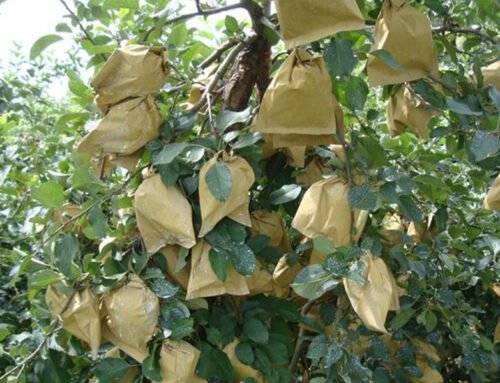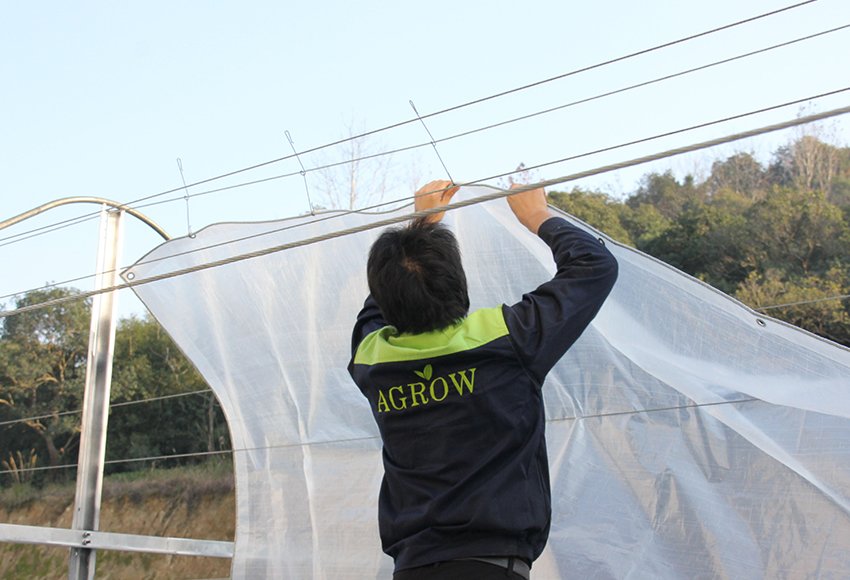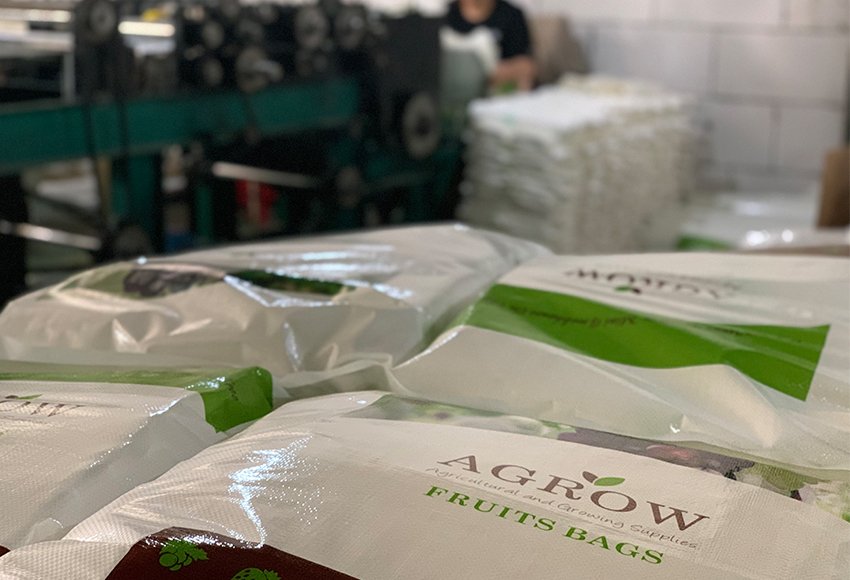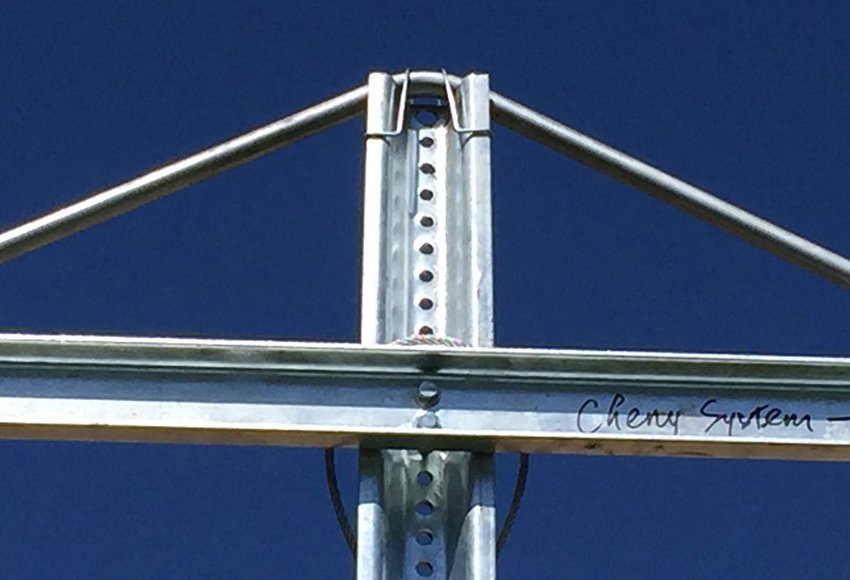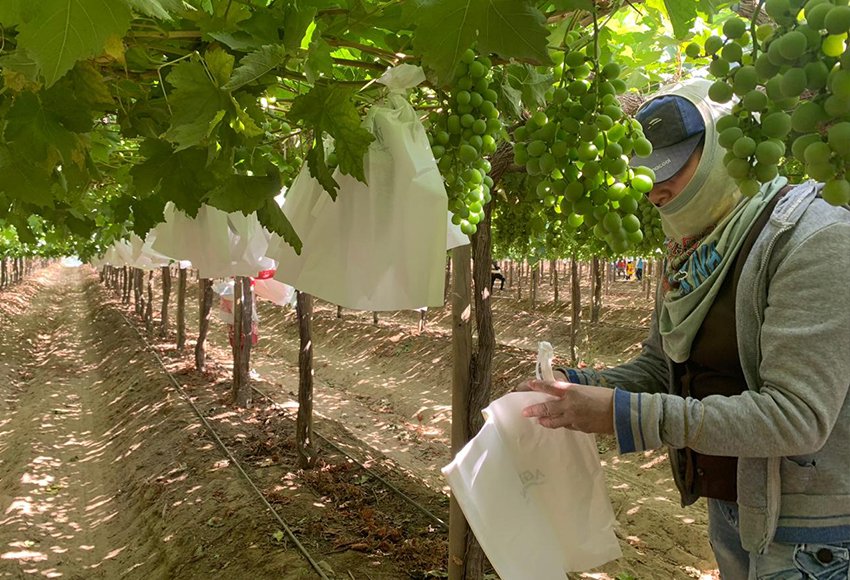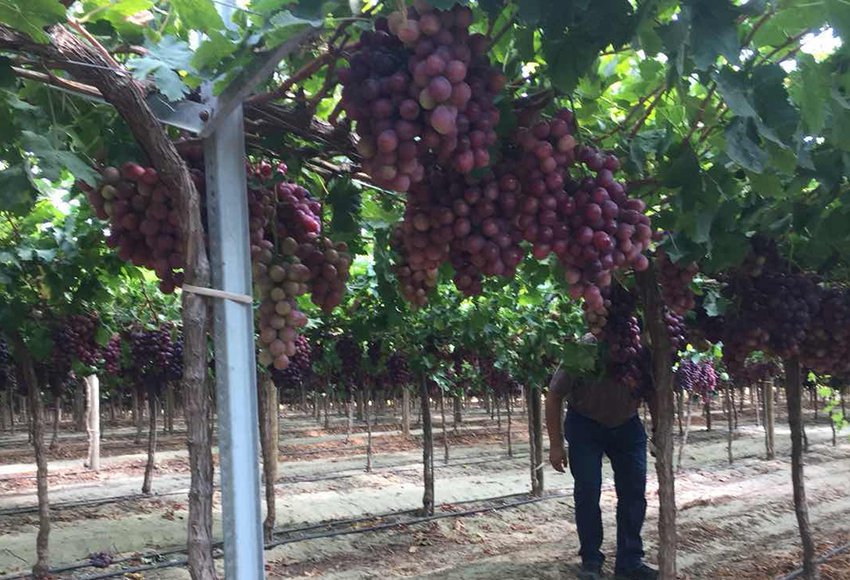Characteristics and Management of Grape Trees during Dormancy
1. Features
- Physiologically
Status: It has fallen leaves, and all fertility has stopped.
Before and after fruit harvest, the nutrients (sugar and protein) produced by leaves are stored in the form of starch. With the decrease in temperature, the stored starch is gradually converted into sucrose and glucose, and the cold resistance of grapes will increase with the increase of cold time.
In addition, the root system can still absorb nutrients from the soil during the dormancy period. Although the amount is very small, it is continuous throughout the year.
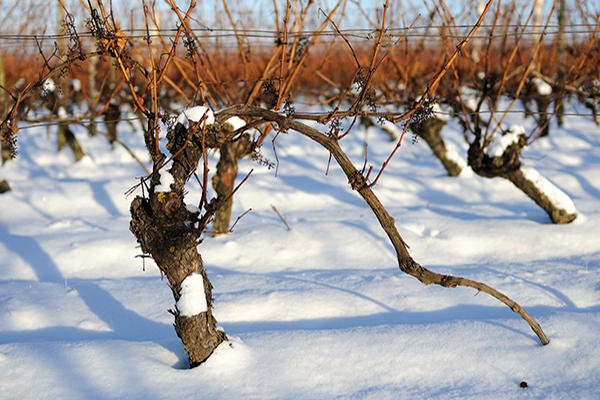
- Morphologically
Status: The inflorescence in the branch temporarily stops differentiation.
From spring to autumn, 70% or 100% of the new shoots have become lignified, forming a cold-resistant constitution. After falling leaves, the root system continues to grow. When the ground temperature drops below 12 ℃, new roots will no longer emerge, and the original root system will also stop growing.
2. Field Management
- Pruning(Winter)
Short Pruning
Advantage:
——The method of shaping and trimming is simple.
——It is easy to manage new shoots and adjust the amount of fruit.
——Tree shape is not easy to be disordered.
Disadvantages:
——It is not easy to adjust the tree’s vigor at each growth stage.
——The cultivable varieties are limited.
——Grapes that grow too vigorously are prone to frost damage.
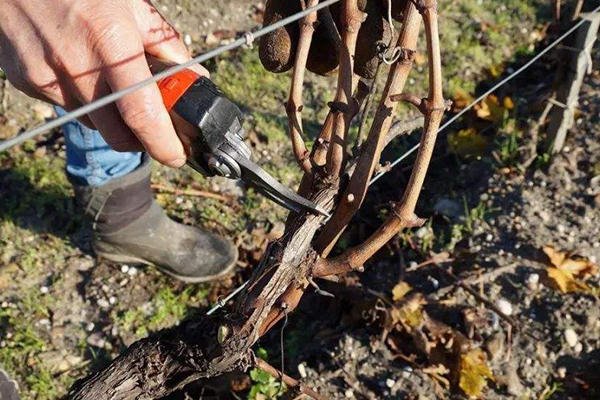
Medium/Long Branch Pruning
Advantage:
——The tree vigor can be adjusted at any time.
——Free to choose plump buds.
Disadvantages:
——Pruning requires skilled skills and labor.
——Branches compete with each other, with uneven strength.
- Clearing Vineyards(Winter)
——Clean and destroy the cut branches, especially those damaged by diseases and pests.
——Scrape off the old warped skin and eliminate the overwintering diseases and pests.
——Eliminate the insect eggs on the grape frame to reduce insect damage.
——Pour water once before freezing the soil to improve the cold resistance of grape trees.
